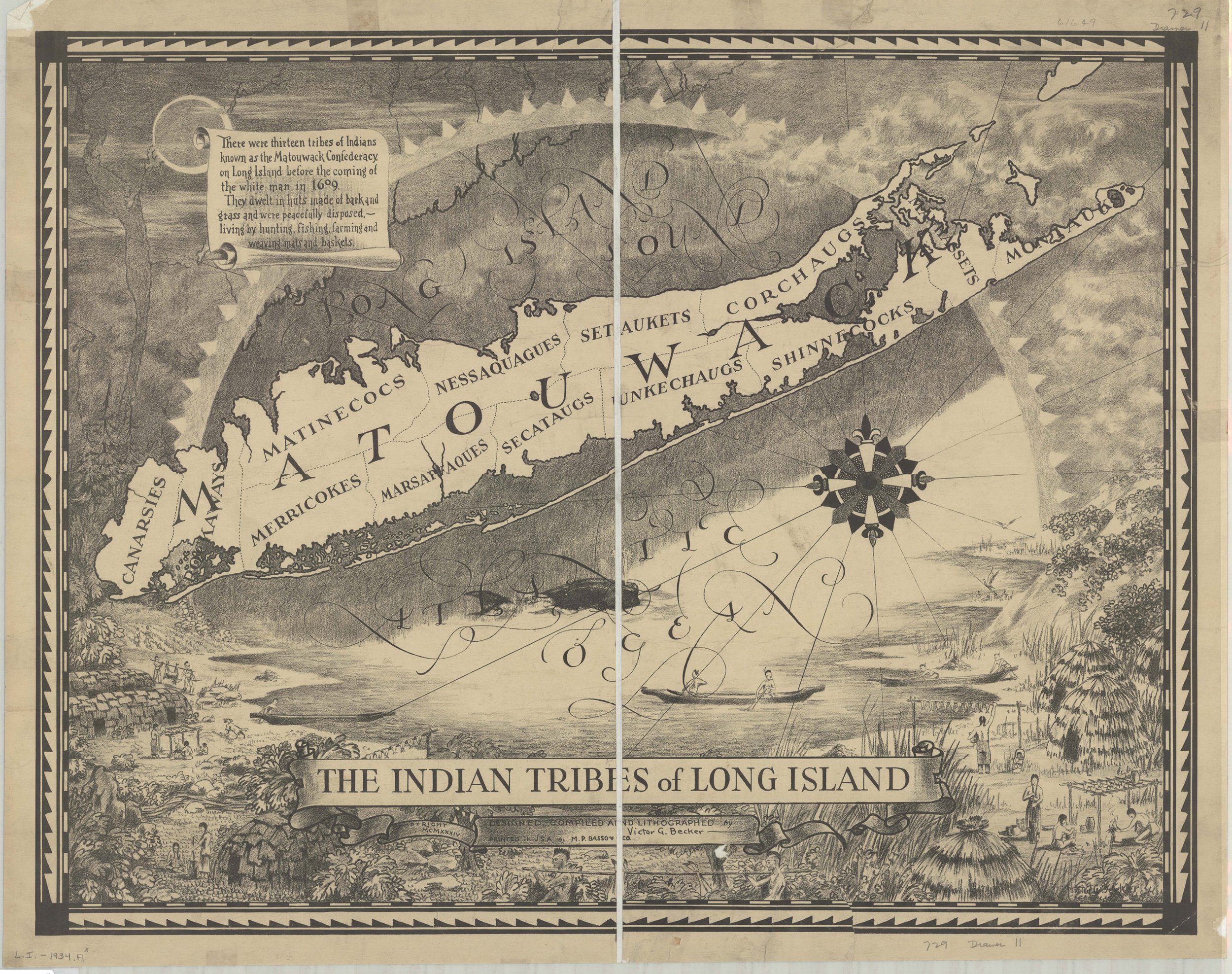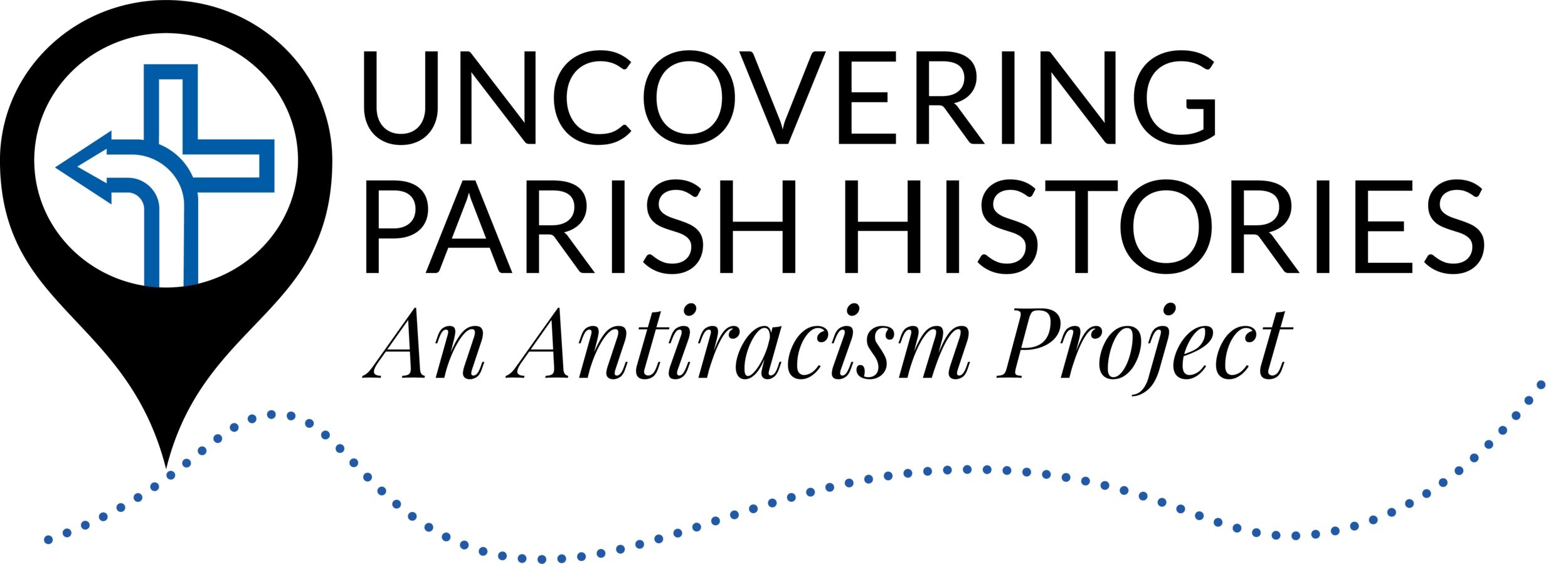ACTIVITIES & EXPERIENCES
We encourage you to use this site as a stepping stone to expanding your understanding of racism and the history that created it. Listed below are activities from the Acknowledge page. Be sure to journey through the Acknowledge page to ensure that you have access to all the information and links provided.
ACTIVITY | THE RACE CONSTRUCT
Race is a social construct with no genetic or scientific basis. According to the American Anthropological Association, "the 'racial' worldview was invented to assign some groups to perpetual low status, while others were permitted access to privilege, power, and wealth. The tragedy in the United States has been that the policies and practices stemming from this worldview succeeded all too well in constructing unequal populations among Europeans, Native Americans, and peoples of African descent."
Watch these videos and read the below article by Joseph L. Graves by clicking the buttons.
Use the activity questions as a guide for group discussion or personal meditation and journaling.
In his article Race Does Not Equal DNA: If Race is a Social Construct, What’s Up with DNA Ancestry Testing? Joseph L. Graves, says, “Our ignorance surrounding the meaning of socially defined race, biological race and ancestry is not accidental. Like many misconceptions, it results from a perfect storm of incompetence, indifference, denial and design.” To read this article, click below:
How do you feel about the concept of race as we were taught vs. what you have just learned? What do you believe?
Racial stereotypes are prevalent throughout America. Why do they still survive? How can we begin to erase them?
How do you think stereotypes affect marginalized people, whether by race, gender, sexual orientation or identity, or ethnicity?
In his letter to the people of Galatia, the disciple Paul writes, “there is no longer Jew or Greek, there is no longer slave or free, there is no longer male and female; for all of you are one in Christ Jesus” (Galatians 3:28). Is Paul saying that there are no categories such as race or gender or is he cautioning us against discrimination? How can you apply this teaching in your daily life?
The Genetics of Race video is part of Descendants: The Legacy of Slavery, a series created by The Washington Post. This video is provided courtesy of YouTube.
ACTIVITY | CAPTURED LAND
O Great Spirit, God of all people and every tribe, through whom all people are related; Call us to the kinship of all your people. Grant us vision to see through the lens of our Baptismal Covenant, the brokenness of the past; Help us to listen to one another, in order to heal the wounds of the present; And give us courage, patience, and wisdom to work together for healing and hope with all of your people, now and in the future. Mend the hoop of our hearts and let us live in justice and peace through Jesus Christ, the One who comes to all people that we might live in dignity. Amen.
—St. Peter’s Episcopal Church, Port Royal VA
The Forgotten Slavery of Our Ancestors courtesy of Learning for Justice, a project of the SPLC
The Indian tribes of Long Island: designed, compiled and lithographed by Victor G. Becker; [ca. 1934], Map Collection, L.I.-1934.Fl; Brooklyn Historical Society.
Watch the above video entitled, The Forgotten Slavery of Our Ancestors from Learning for Justice.
Visit the map created by Native Land Digital which aims to track global Indigenous land and is located here. You may also read about their work regarding Long Island here.
Read the Smithsonian article entitled The True Native New Yorkers Can Never Truly Reclaim Their Homeland here
We have learned that European colonizers did not “purchase” land from Native Americans and instead took the land, enslaved, and eventually forcibly removed its people. Research where you live, work, and worship. To which tribes did these areas belong?
Try to learn about the specific tribes who once resided upon the land where you now live and worship. How does the Native American tribe(s) detail its history? Do they have access to ancestral burial grounds, sacred sites, and historical artifacts? Is their language still spoken? Are there any memorials dedicated to Native Indigenous people in your area?
Are there Native American sacred spaces accessible to you? If so, plan a visit for prayer and meditation: walk those spaces as places of spiritual connection asking God to speak into your heart for transformation. Document your feelings and experiences.
Use the liturgy from BuildingFaith.org located here to open a group discussion or individual meditation.
a. What have we lost from the erasure of Indigenous cultures from the United States?
b. How can we ensure these experiences are not repeated?
EXPERIENCE | NY MUNICIPAL SLAVE MARKET
New York’s Municipal Slave Market
NYC Parks Department
On Wall Street, between Pearl and Water Streets, a market that auctioned enslaved people of African ancestry was established by a Common Council law on November 30, 1711. This slave market was in use until 1762. Slave owners wanting to hire out their enslaved workers, which included people of Native American ancestry, as day laborers also had to do so at that location. In 1726 the structure was renamed the Meal Market because corn, grain and meal—crucial ingredients to the Colonial diet—were also exclusively traded there.
The Municipal Slave Market in downtown New York City is an historical site of horrifying humanitarian crimes that is now marked by a NYC Parks Department placard. Visit the site.
Do you think the history of the Slave Market has been properly acknowledged?
How do you feel standing in the midst of the wealth of downtown Manhattan knowing the history of the ground on which you stand?
Prayerfully think about the people who were bought, sold, and rented out in this space. What are your thoughts?
Learn more about American chattel slavery on our resource page
EXPERIENCE | AFRICAN BURIAL GROUND
“From the late 17th through the early 18th centuries, free and enslaved Africans were buried in a 6.6 acre cemetery in what is now Lower Manhattan, outside the boundaries of the settlement of New Amsterdam (now New York). ”
The African Burial Ground National Monument and Visitor Center was created following the discovery of the remains of 419 men, women, and children during the excavation to build the Ted Weiss Federal Building in 1991. It is estimated that approximately 15,000 enslaved and free Africans were buried in what is now Lower Manhattan.
Visit the African Burial Ground National Monument and Visitor Center. Walk through respectfully and offer prayers while in the space.
Does the monument and visitor center do a good job of commemorating this sacred ground?
Did you feel a connection to the space?
What and/or for whom did you pray?
ACTIVITY | MAPPING RACISM
Throughout the Black Lives Matter protests in 2020 and 2021, monuments memorializing Confederate Civil War icons were toppled and/or destroyed. For some Americans, it was startling to realize that such iconography would be hurtful to people of color. For others, it cast a spotlight on a long awaited reckoning with the history of slavery and racism in America.
Monuments, memorials, and names of roadways, parks, and schools commemorate individuals important to our shared history. What if the individuals being honored are traitors to their country—as in the case of Confederate icons, or people who enslaved and sold human beings? In Germany, there are no statues or monuments dedicated to Nazi leaders simply because it would insult the survivors and families of the millions of people they murdered. How then can America justify the proliferation of spaces dedicated to racist ideology? According to the Southern Poverty Law Center, in 2019 there were 1,747 monuments, place names, and symbols dedicated to the Confederacy—the group of states that seceded from the United States of America in order to preserve chattel slavery.
Walk through your neighborhood, the areas surrounding your workplace, and your church and complete the below actions.
Are there monuments, street and roadway names, parks, or schools named for historical figures?
Quickly look up these individuals to see who they are and how their actions affected Black, Indigenous, or other people of color (BIPOC).
Check their names against the New York Slavery Index, a database recording more than 38,000 records of slavery within the State of New York from 1525 to the Civil War here.
Prayerfully think about the ramifications of both the positive and negative place names within your daily life.
Send your observations to the Historian in Residence to add to the Diocesan Racial Justice Map
RESOURCE | Northeast Slavery Records Index
The Northeast Slavery Records Index (NESRI) is an online searchable compilation of records that identify individual enslaved persons and enslavers in the states of New York, Maine, New Hampshire, Vermont, Massachusetts, Rhode Island, Connecticut and New Jersey.
NESRI indexes census records, slave trade transactions, cemetery records, birth certifications, manumissions, ship inventories, newspaper accounts, private narratives, legal documents and many other sources. The goal is to deepen the understanding of slavery in the northeast United States by bringing together information that until now has been largely disconnected and difficult to access. This allows for searches that combine records from all indexed sources based on parameters such as the name of an owner, a place name, and date ranges.
EXPERIENCE | UNCOVERING PARISH HISTORIES
The Uncovering Parish Histories Project is an Antiracism initiative created by the
Episcopal Diocese of Long Island.
The Rev. Dr. Craig Townsend, Historian in Residence for Racial Justice supports congregations looking into the history of their involvement with slavery, the slavery-driven economy, anti-slavery and abolition movements, and later forms of racial justice or injustice.
Click to participate in Uncovering Parish Histories






